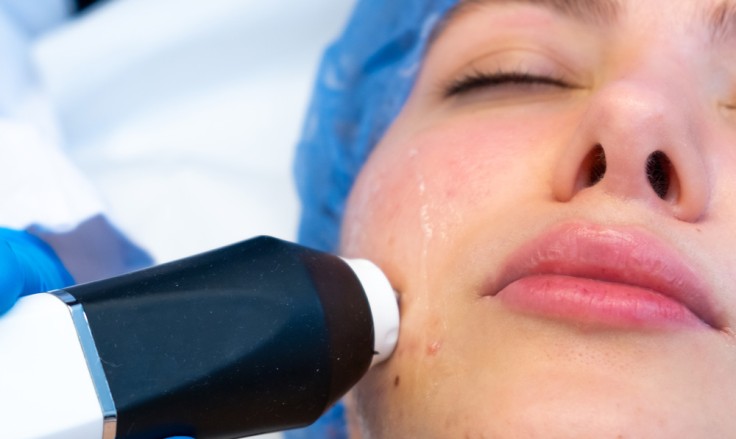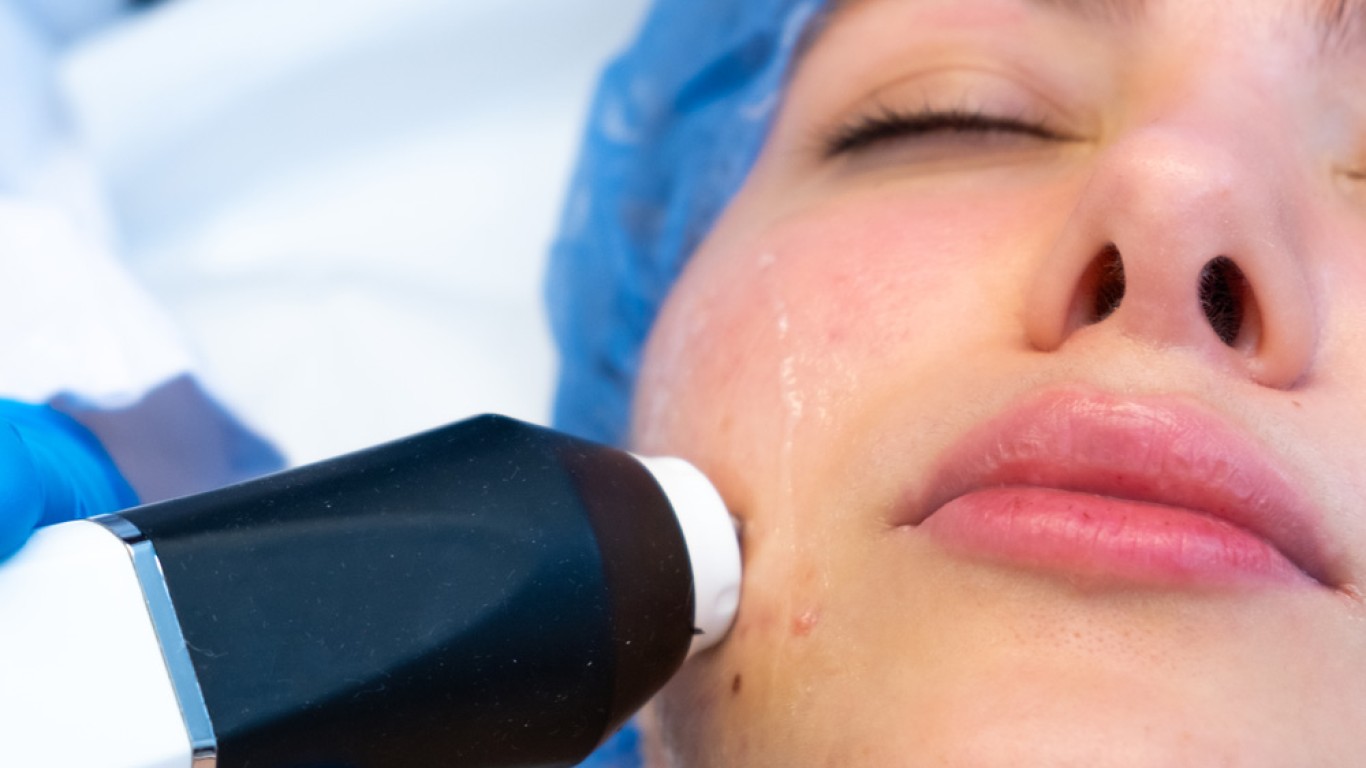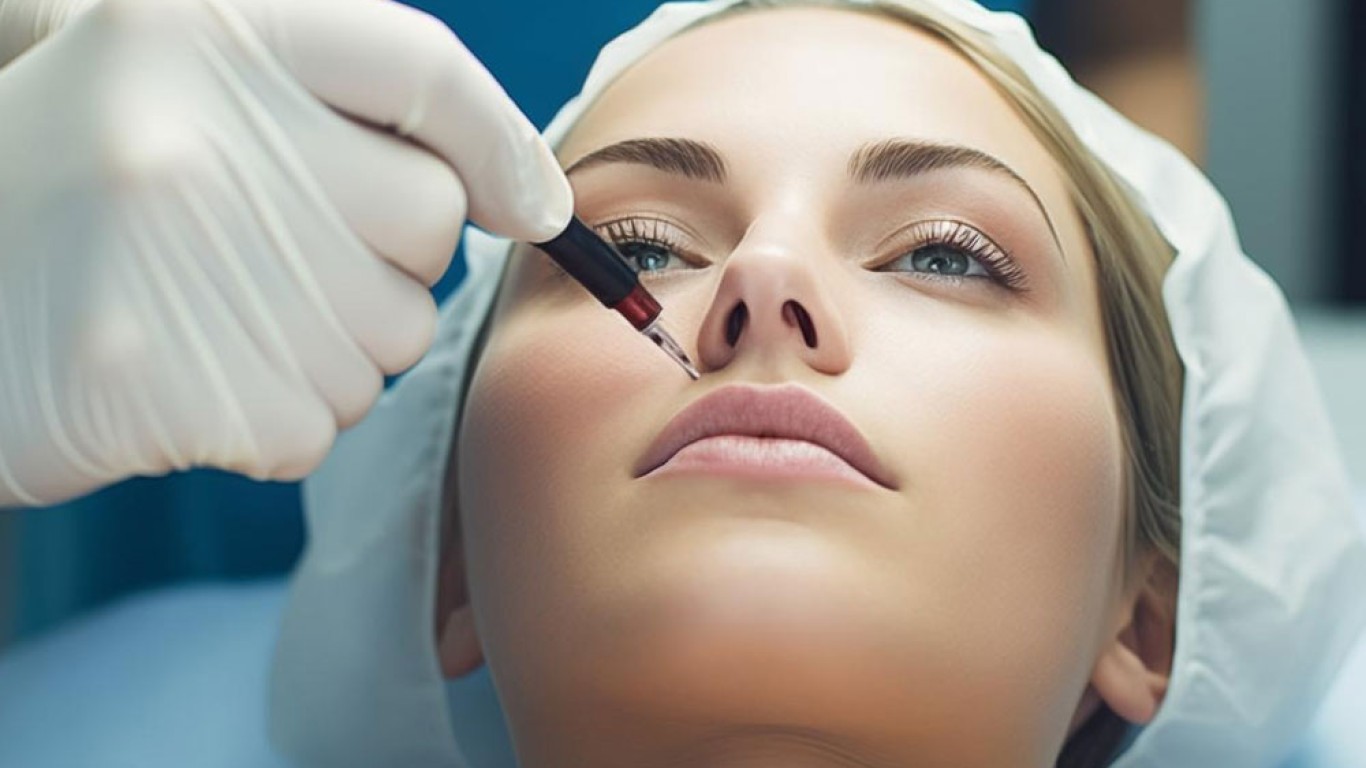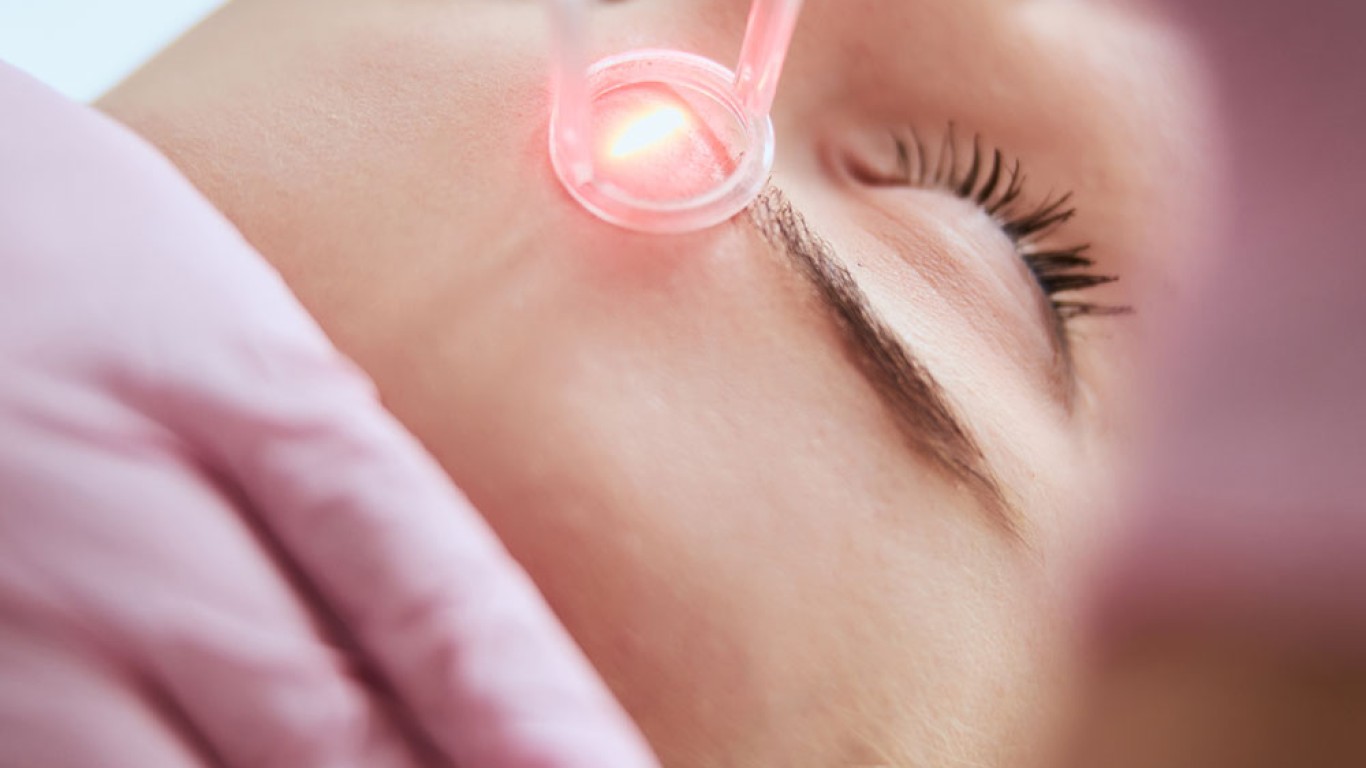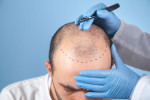Introduction
Hyperpigmentation appears when certain areas of the skin produce excess melanin. Although common, it can be challenging to treat without a structured, targeted plan. Today’s dermatology landscape has shifted significantly, with advanced technologies offering precise ways to analyse, treat and track pigmentation. This guide explains what hyperpigmentation is, why it forms and how new tools help achieve clearer, more balanced skin.
Understanding Hyperpigmentation
Hyperpigmentation occurs when melanocytes produce excess pigment in certain areas. This leads to patches that appear darker than the surrounding skin. The condition affects all skin types, although some experience it more easily due to genetic factors.
Common triggers include sun exposure, hormonal changes, acne and inflammation. Treating hyperpigmentation requires consistent care and targeted dermatological support. Each case needs a precise approach because multiple layers of pigmentation can exist within the same area.
Types of Hyperpigmentation
Knowing the specific type helps determine the most effective treatment.
- Post-Inflammatory Hyperpigmentation: Appears after acne, irritation, or injury.
- Melasma: Triggered by hormonal changes and often worsened by sunlight.
- Sunspots: Also known as solar lentigines, caused by long-term UV exposure.
- Freckles: More genetic, but still influenced by sunlight.
- Each type responds differently to treatment, so accurate diagnosis is essential.
Daily Skincare Routine for Hyperpigmentation
A structured skin care routine can significantly reduce dark patches when used consistently. Start with a gentle cleanser that avoids stripping the skin. This prepares the surface for targeted ingredients that brighten and even tone. Next, incorporate antioxidants such as vitamin C. This ingredient neutralises free radicals and supports brighter skin. Additionally, niacinamide helps regulate pigment transfer between cells. Both work well together and remain suitable for most skin types. Using retinoids gradually increases cell turnover, helping fade areas of hyperpigmentation. Start slowly to avoid irritation. Consistency is key because results develop over several weeks.
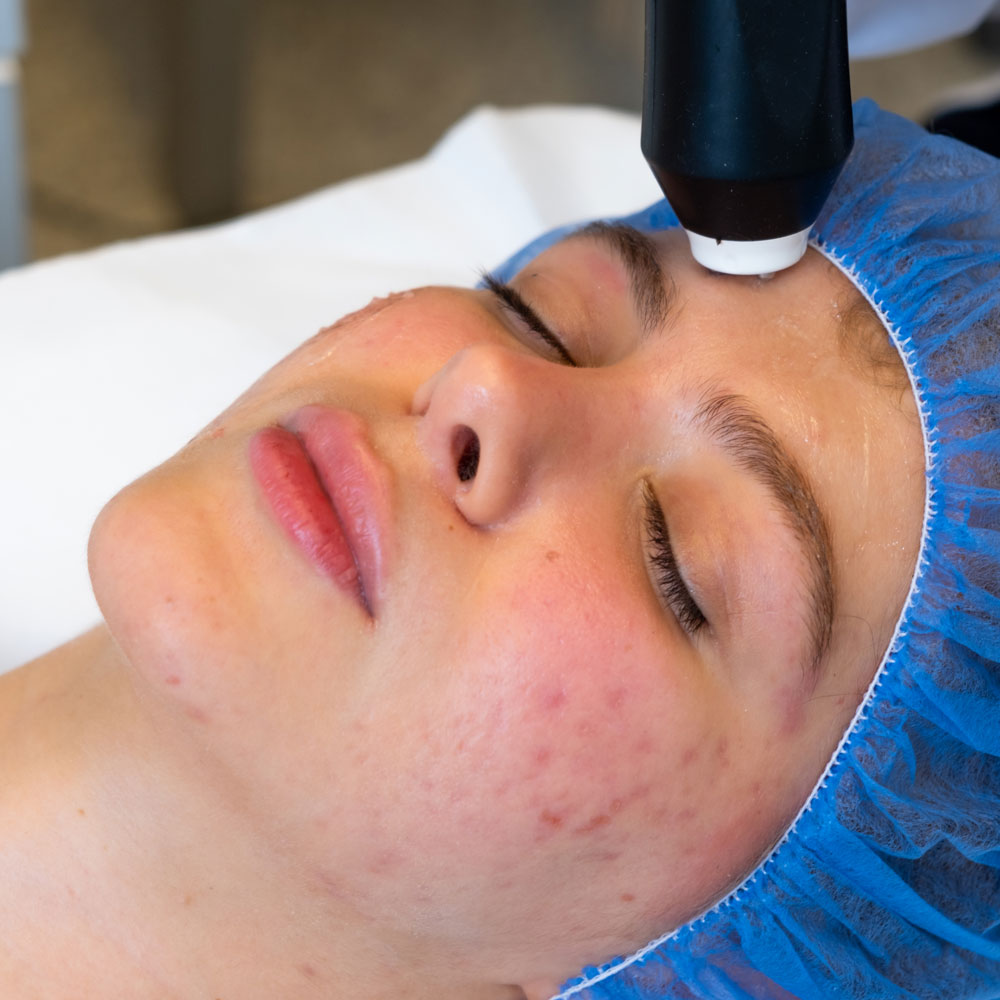
The Importance of Sun Protection
Sun exposure is one of the biggest contributors to hyperpigmentation - even brief periods outdoors can darken existing patches. Therefore, broad-spectrum sunscreen is essential. Choose SPF 30 or higher and reapply throughout the day. Sunscreen creates a protective barrier, preventing further pigmentation while allowing active ingredients to work effectively. Without this crucial step, other treatments struggle to produce meaningful improvement. Hats, shade and UV-protective clothing offer extra support, especially during peak daylight hours.
Chemical Peels for Visible Improvement from Hyperpigmentation
Chemical peels remain a popular and effective way to treat pigmentation. They remove upper layers of skin, encouraging regeneration and allowing brighter, fresher layers to emerge. Superficial peels containing glycolic, lactic or mandelic acid deliver gradual improvement. Medium-depth peels offer stronger results but require more downtime. Treatment choice depends on skin tone, sensitivity, and pigmentation depth. Dermatologists often use peels alongside topical skincare for enhanced results and long-term clarity.
Laser Treatments for Stubborn Hyperpigmentation
Laser technology has evolved rapidly, offering greater precision and safety. Lasers break down pigment particles which the body clears naturally. This remains particularly effective for sunspots and post-inflammatory pigmentation. Different lasers target specific pigment depths: Q-switched, fractional, and pico systems remain common choices. Digital assessment tools help determine which device suits each case by analysing colour patterns and skin tone. Because heat may stimulate pigment in some individuals, technology helps guide careful, customised treatment.
Microneedling and Collagen Stimulation
Microneedling uses fine needles to create micro-channels in the skin. These channels stimulate collagen production and help break down surface pigmentation. Additionally, the technique improves product absorption, allowing brightening serums to work more efficiently. Regular sessions gradually reduce the appearance of hyperpigmentation. This method suits many skin types and complements chemical peels or laser therapy when performed in a structured treatment plan.
Prescription-Strength Topicals for Hyperpigmentation
Dermatologists may recommend prescription creams for deeper pigmentation. Hydroquinone remains one of the most effective options when used in controlled cycles. Azelaic acid offers a gentler alternative, suitable for sensitive skin. Retinoids such as tretinoin increase cell turnover and enhance fading. Combination formulas often deliver stronger results, especially for melasma or long-standing hyperpigmentation. Monitoring treatment limits side effects and ensures steady progress.
Conclusion
Hyperpigmentation treatment has evolved significantly through the integration of modern technology. AI analysis, advanced lasers, and precise topical guidance allow dermatologists to treat pigmentation with improved accuracy and safety. With consistent skincare, structured treatment and ongoing protection, clearer and more balanced skin becomes achievable.
Are you suffering from hyperpigmentation? Find out more and book a consultation via the ACIBADEM Beauty Center website.
Frequently Asked Questions
It is often caused by sun exposure, inflammation, hormones, or genetic factors.
Some types fade naturally, although deeper pigmentation needs treatment.
Most results appear gradually over several weeks or months.
Chemical peels and laser therapy usually offer faster improvement.
Yes, sunscreen prevents darkening and protects treatment results.
